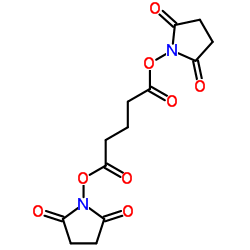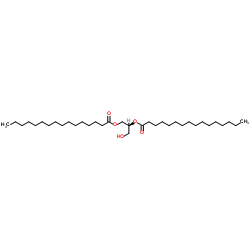| Structure | Name/CAS No. | Articles |
|---|---|---|
 |
cholesterol
CAS:57-88-5 |
|
 |
DSG Crosslinker
CAS:79642-50-5 |
|
 |
UNII:R7P33H2T7C
CAS:30334-71-5 |